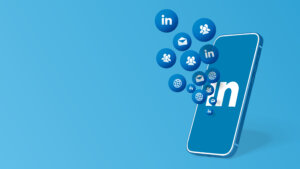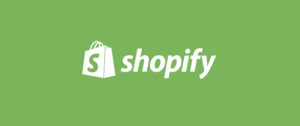Guest Author: Carl Glasmyre
Pinterest reached a milestone in September 2012, when the image-sharing social media phenomenon made the top 50 list of most-visited websites. Pinterest broke into the list by attracting 25.2 million users in September, and visitor numbers are still climbing.
The growing company announced several changes in October. Some of those changes reflect the growing importance of e-commerce and marketing in social media. Others indicate Pinterest wants to maintain its reputation as a clean, safe web destination, and one indicates the social media giant plans to keep expanding.
No More Invites
When Pinterest launched, membership was by invitation only. It wasn’t difficult to obtain an invite; if you didn’t already know a Pinner, you applied to the website for an invitation. The system worked well, adding an aura of exclusivity to Pinterest membership and cultivating a sense of special community.
While an inspired gimmick, the time for Pinterest invitations has passed. In response to rapid growth, the website now allows general registrations.
Trust Me, I’m Verified
In a nod to the increased importance of social media e-commerce, Pinterest launched website verification in October 2012. Users can now verify their websites listed on their Pinterest profile. Verifying websites should increase user trust, an important aspect of online marketing.
Verification is a simple procedure. Users access their settings and click the Verify Website button. Pinterest generates an HTML verification file for users to upload to their web server.
The verification program, at present, only works with top-level domains. Blogging platforms and mass-user e-commerce sites cannot be verified, as such sites don’t allow users to upload HTML files.
Keeping it Clean
As any SEO company can attest, online reputation is extremely important. Pinterest, from launch, has enjoyed a reputation as a clean, safe site. As the site’s user base grew, however, people began posting porn, spam, and hate-based imagery.
Pinterest doesn’t want its reputation to suffer. In response to offensive imagery, the website now allows Pinners to block, flag, and report other users. Marketers should note this means users also have the option of blocking them, which may influence how businesses present themselves on Pinterest.
Imitation is the Sincerest Form of Passive-Aggression
Pinterest’s influence spreads beyond its website. Facebook, the social media site nobody likes but everyone uses, has taken note of the Pinning phenomenon. In response, Facebook plans to launch a new feature called Collections.
With Collections, companies will provide users with “want” and “collect” buttons on their Facebook profiles. Users will use these buttons to create image-based wish lists their friends can access.
Gee, doesn’t this sound familiar? Facebook hopes Collections will encourage Facebook friends to buy gifts for each other. Clicking an image in a wish list takes users to the appropriate retail page. If Collections sounds like Pinterest’s own wish lists, well, you’re not wrong.
Facebook may have a hidden agenda with Collections. Several prominent Facebook executives jumped ship to Pinterest over the last year or so. Facebook may be warning deserters they’re going to have to fight for their chunk of the social media market. And while Pinterest has loyal users, Facebook has the edge when it comes to sheer numbers.
——————
For more resources, see our Library topics on Marketing and Social Networking.
——————
Author Bio:
Carl Glasmyre is an aspiring writer who currently works for an SEO company. He’s passionate about a variety of subjects including technology, marketing, and anything Internet-related. He’s constantly striving to strengthen his writing skills and is continuously grateful that the Internet allows him to share his thoughts with the world. He can be reached at carlglasmyre@gmail.com.
 Sections of this topic
Sections of this topic














